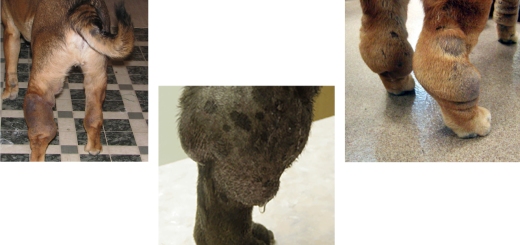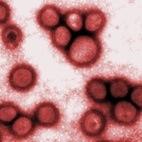Symmetric Dimethylarginine (SDMA)
SDMA Symmetric dimethylarginine is a new renal biomarker which can detect kidney disease when approximately 40% function has been compromised. SDMA is released into the circulation during protein degradation. Because it is almost exclusively eliminated via renal filtration it is a good estimate of GFR. SDMA is specific for kidney function. It is not impacted by extrarenal factors like BUN and creatinine. SDMA is an early indicator of kidney disease – it is not increased in animals with other various diseases. It is not dependent on the dog’s lean muscle mass. SDMA should be evaluated with other kidney tests such as BUN, creatinine, urinalysis,...





